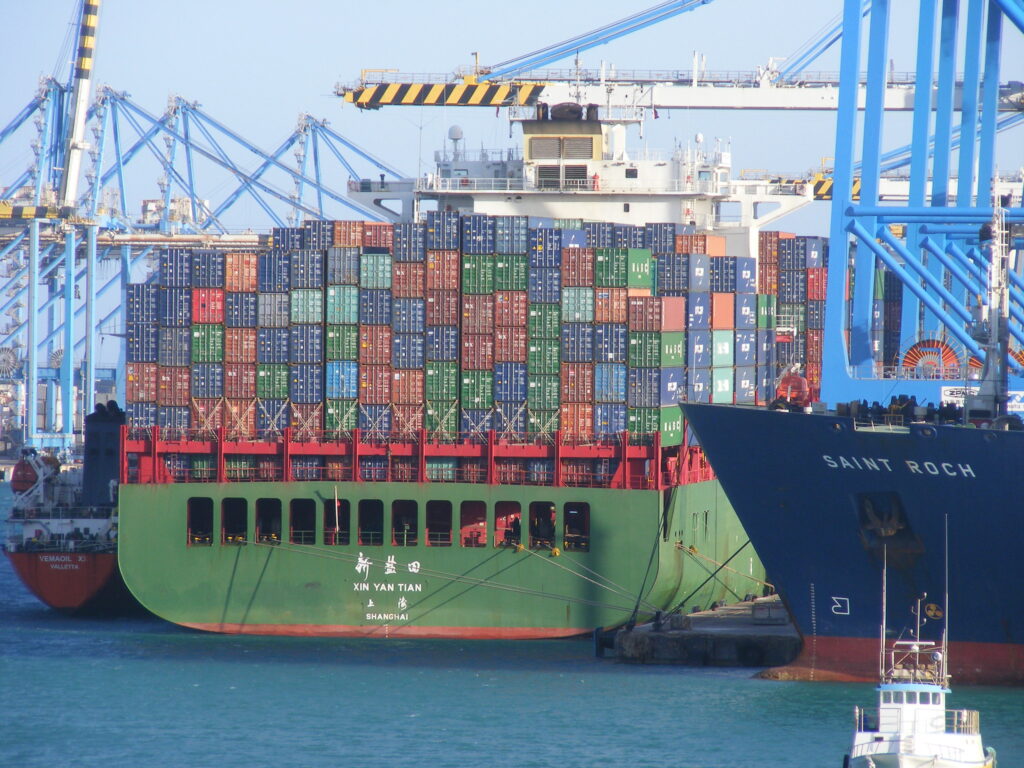
International shipping is a large and growing source of greenhouse gas emissions. Maritime transport produces about a billion tons of CO2 annually, accounting for about 2.5% of global greenhouse gas emissions. The environmental impact of shipping includes air pollution, water pollution, and even acoustic pollution. In many coastal areas, ships are responsible for more than 18% of some air pollutants. Overall, there are more than 100,000 transport ships at sea, of which about 6,000 are large container ships.
In recent years, the shipping sector has had both internal willingness and external pressure to reduce emissions, but shipping is a tough, competitive business and it isn’t easy to stay competitive and help protect the environment.
A recent study at Abo Akademi University in Finland has found that improved ship utilization rates and investments in environmentally sustainable technologies for enhanced energy efficiency would significantly reduce carbon dioxide emissions. Of equal importance, those same measures would contribute to lowering of freight costs.
If the same cargo volume can be shipped using less fuel, shipping companies will gain major savings in terms of fuel costs. Digitalization can provide valuable benefits. For example, new digital planning and booking systems would enable smarter use of routes while also diminishing traffic with half-empty vessels or even ones with no cargo aboard. Reducing such underutilization would improve the capacity utilization rate and eliminate emissions caused by so-called ballast traffic.
Global shipping continues to grow. It is essential that it becomes smarter and more efficient to protect the environment and improve its economics.
**********
Web Links
Environmentally friendly shipping helps to reduce freight costs
Photo, posted February 18, 2016, courtesy of Flickr.
Earth Wise is a production of WAMC Northeast Public Radio.
Leave a Reply